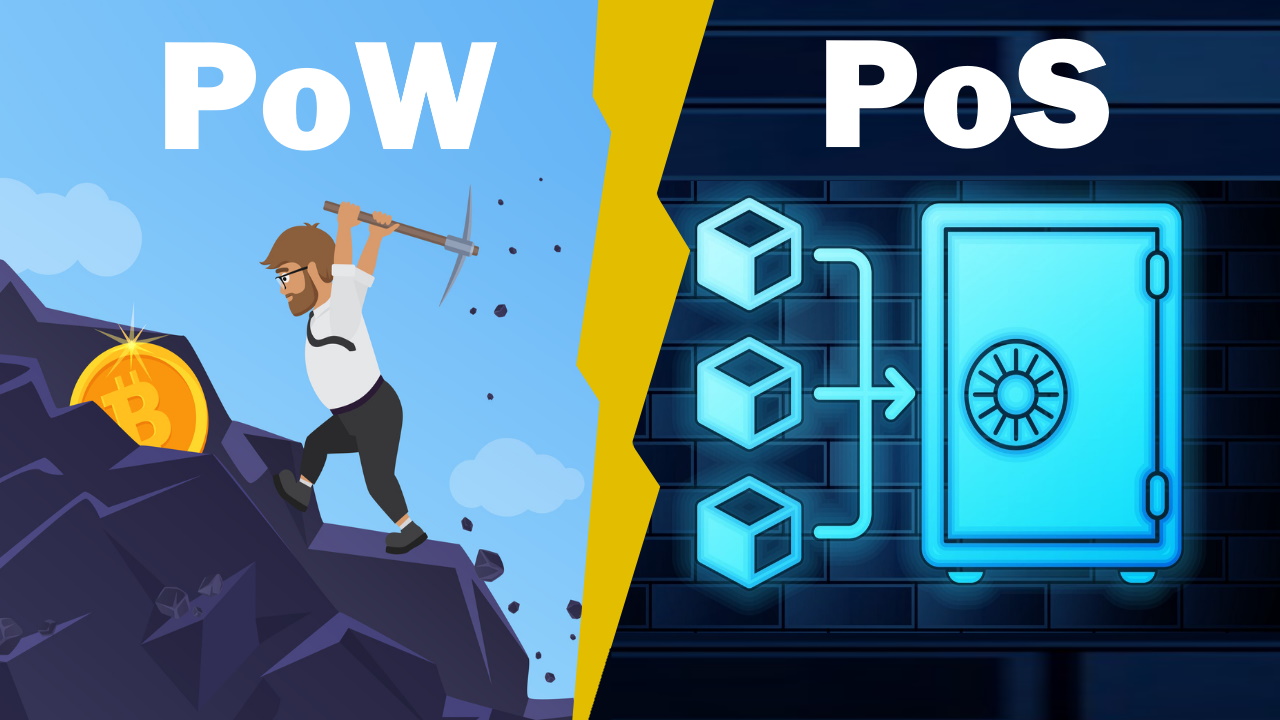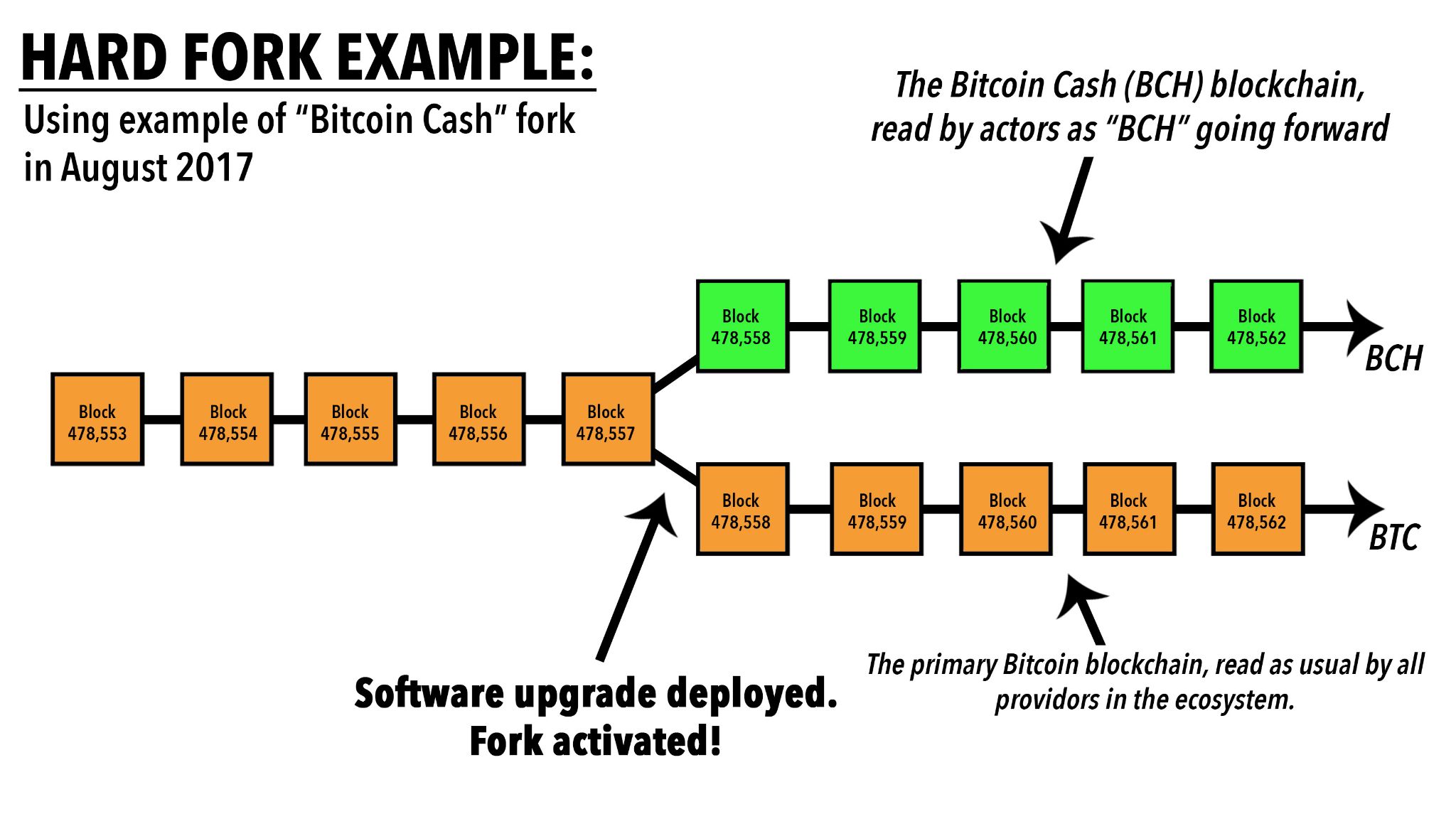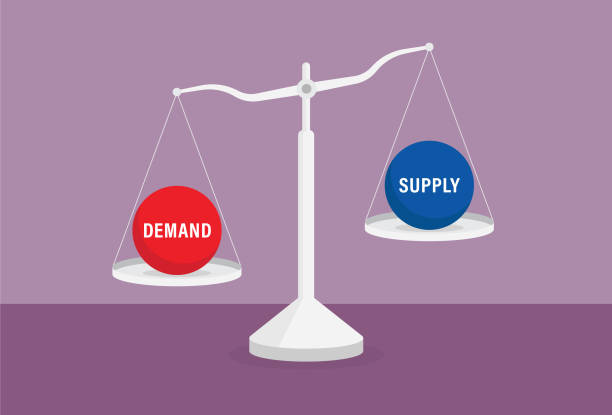
The Dollar Wrecking Ball: Why is a strong US dollar so dangerous?
The rising US dollar strength is starting to produce cracks across economies and markets.
The long-awaited Merge, which some call the most important development since the founding of blockchain, is just about to be implemented. However, people still have incorrect views about what the upgrade means for the Ethereum network. Although we have covered it extensively in our articles or the newsletter, we still believe there is a need to clarify what the upgrade truly does and does not do.
The Merge, if successful, will transition the Ethereum network from the Proof-of-work (PoW) consensus mechanism to Proof-of-stake (PoS) (we thoroughly explain the difference between the two in another one of our articles). The hype and the expectations surrounding the merge of the Ethereum mainnet and the Beacon chain have understandably spurred various rumours. So, let’s closely look at the 5 most common misconceptions regarding the network upgrade.

Misconception 1: The Ethereum gas fees will be lower
This is by far the most common mistake. The upgrade itself will not impact Ethereum’s cost of transactions, and the network will still heavily rely on scaling solutions (also called rollups) like Polygon or Arbitrum. These projects help Ethereum scale, lower its overall gas fees and increase the transaction speed. Although the Merge does not influence Ethereum’s scalability, it paves the way for sharding, the last part of the overall transition to ETH 2.0. The sharding upgrade should bring the desired higher capacity.

Misconception 2: The speed of transactions will be faster
It stems from the same problem we described above. The Merge does not influence the number of blocks the network can produce or how many transactions it can process; it only changes the method by which the blocks are created. It makes the process of forming transaction blocks much more effective. To tell the truth, there will be a slight increase in the transaction speed, but it will not be noticeable. Once again, the true change will arrive after Ethereum introduces sharding into its ecosystem, but that upgrade will not come until sometime in 2023.
Misconception 3: Investors will be able to withdraw their staked ETH right after the Merge is finished
Those who decided to stake their ETH ahead of the Merge (like me) know that in order to earn the yield, they had to lock up their ETH until the upgrade was finished. However, the Merge is not the event which completes the upgrade and releases all the staked ETH (sETH):
sETH is a cryptocurrency, which is 1:1 fully backed by ETH and lying on the Beacon chain. While staked, sETH accrues interest. Many people took the opportunity of earning a yield on their holdings of ETH and locked it up on the beacon chain.
The tokens will not be released until the completion of the Shanghai upgrade, which is another part of the transition to ETH 2.0. The upgrade should take place in the next 6-9 months.
Misconception 4: The Merge will cause a hard fork of the Ethereum network
Forks are a common cryptocurrency tool for implementing blockchain upgrades. When the community agrees to apply changes to the underlying protocol, the implementation sometimes requires splitting the blockchain into two separate chains. One with the original setup and a new one with the implemented upgrade. Bitcoin and Ethereum went through several forks, creating chains like Bitcoin Cash, Bitcoin Classic, Ethereum Classic or EtherZero. That is not the case for the Ethereum upgrade, which will only “merge” two existing chains, the Ethereum mainnet and Beacon chain, into one. Note that there could be a scenario during which the hard fork unintentionally occurs as a consequence of the upgrade. The Merge is, after all, a challenging and complex operation containing numerous risks. Some engineers compare it to changing the engine of a jet while in the air. Nonetheless, developers have been preparing for years, and we expect them to finish the upgrade successfully.

Misconception 5: The Merge will cause a temporary halt of the Ethereum blockchain
The last popular rumour is that the upgrade will momentarily take down the whole network. The developers claim that the blockchain should continue working even during the upgrade without any downtime. Most exchanges, however, took the precaution of suspending the trading of ETH and the tokens built on Ethereum (ERC-20 tokens) around the time of the planned upgrade.

Join us right now >>> REGISTRATION
So what does the Merge actually do?
1. Reduces energy consumption – cryptocurrencies using a proof-of-work consensus mechanism (Bitcoin, Ethereum) are notoriously energy intensive as they require vast amounts of computational power to keep them secure and functional. The transition to the PoS system is expected to lower the energy requirement by 99.95%, making it a much more efficient network. Miners are one of the people unhappy about the Merge as their role in the Ethereum network becomes redundant. As a result, they started transitioning to other PoW blockchains like EOS and Monero, which have consequently seen a solid bump in their token prices.
2. Decentralization – the Merge will make the network accessible to those who want to be part of the staking community. This should also increase the number of people who can become validators, thus making the project more decentralized.

3. Offering a return – after the Merge, the network will be secured through a staking mechanism which offers a return to people willing to lock up their ETH. Economically-based analysts (like myself) assume that the staking yield on ETH could become a quasi base interest rate for the digital asset space. It would serve as a benchmark (like treasury yields for the US traditional market), and other PoS-based cryptocurrencies would derive their yield from Ethereum’s, based on their respective risk attributes. This feature might drive large amounts of institutional flows into Ethereum.
4. Lowering inflation – often an overlooked element, but absolutely crucial. The transition to PoS will eliminate mining from the network, which means that the project will no longer have to pay out miner fees, which has kept ETH inflation at around 4.5%. The staking mechanism will decrease the rate of inflation to approximately 1%. If we couple this with the EIP-1559 Ethereum upgrade from the last year, which causes some of the ETH to burn, we might get to the point when Ethereum becomes deflationary. And from the basics of economics, we know what happens to the price when you combine a decreasing supply with increased demand.

It is essential to know what exactly is changing with Ethereum as it transitions to ETH 2.0. As a result, Ethereum will likely become a more efficient, diverse and exciting network. Hence, making it a more attractive place for investors and cryptocurrency entrepreneurs.
Komentáře
Pokud si přejete přidat komentář, musíte být přihlášen.